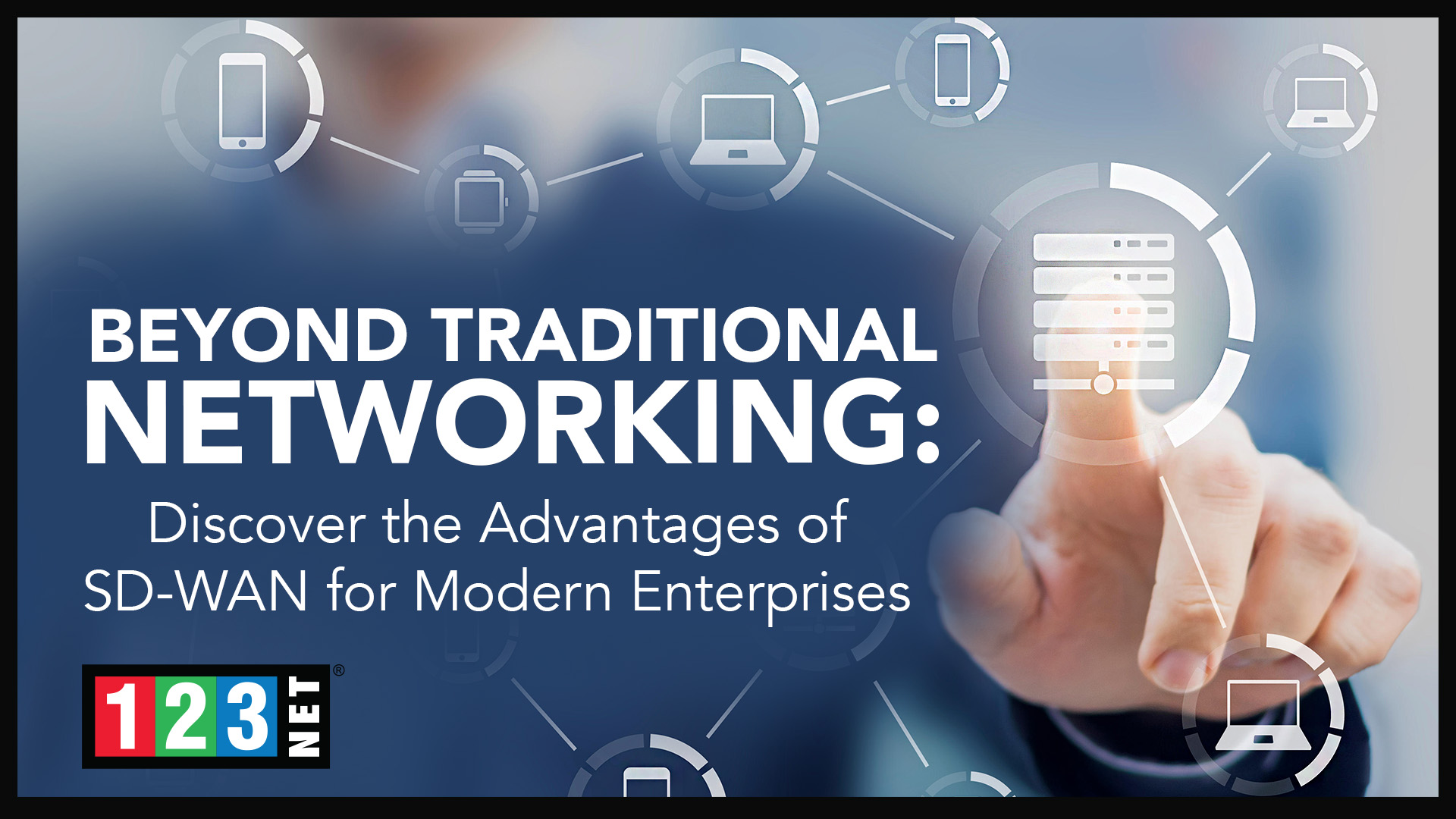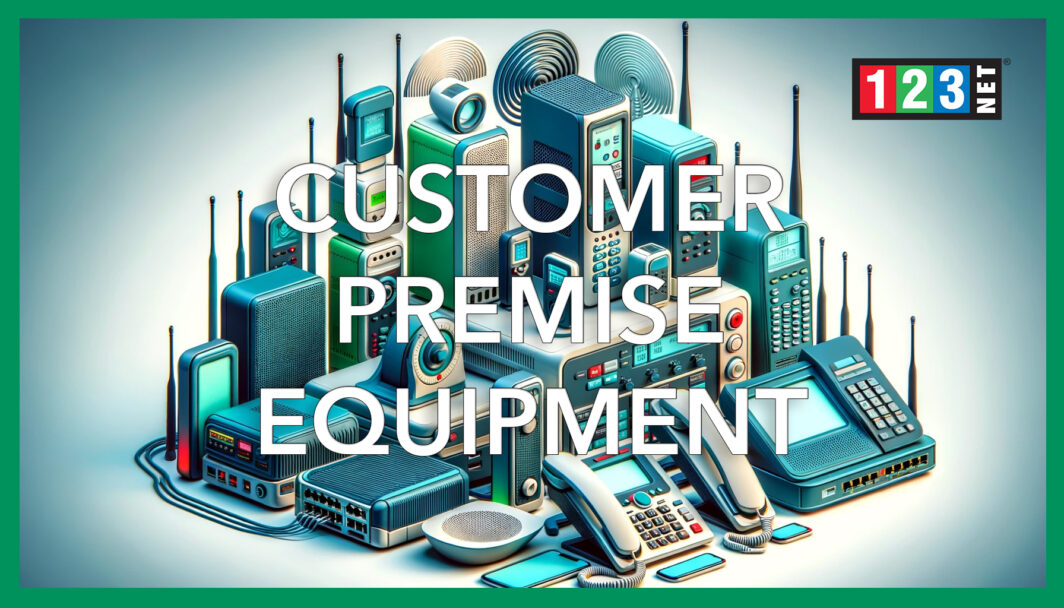
Introduction
Customer Premise Equipment (CPE) plays a pivotal role in telecommunications. Essentially, CPE includes any terminal and associated equipment located at a subscriber’s premises and connected with the telecommunication circuit of the service provider. Its significance is directly impacting the user’s access to various telecom services. This equipment ranges from basic telephones and routers to more complex digital subscriber line (DSL) modems and cloud computing integrations. The functionality and efficiency of CPE directly affect the reliability and quality of telecommunication services, making it a cornerstone in the network infrastructure of both homes and businesses. This introductory section will explore CPE and why it’s crucial in today’s digital age, setting the stage for a deeper dive into its history, types, and future trends.
History of Customer Premise Equipment
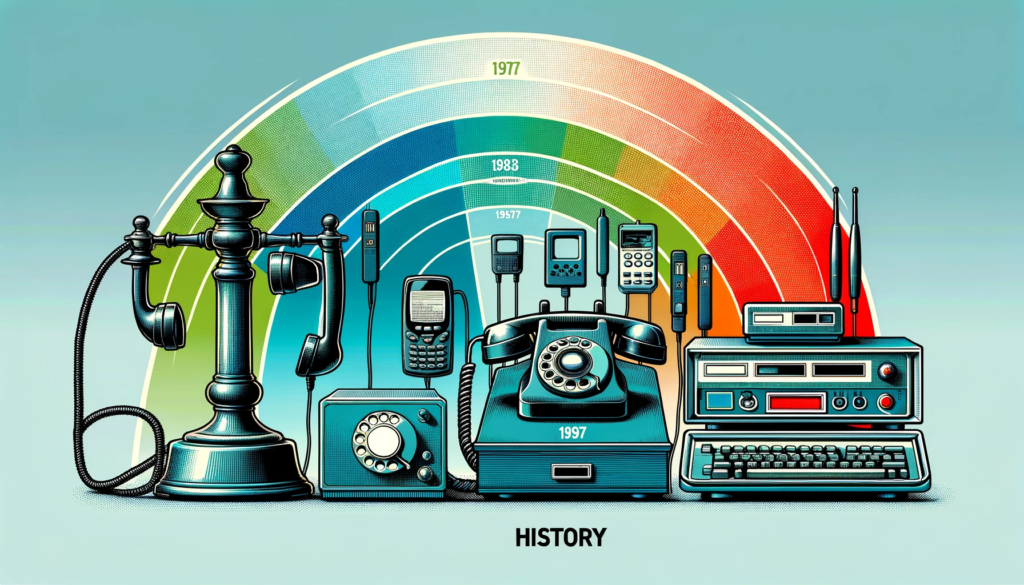
The history of telecommunications deeply roots the evolution of CPE. Originating from the era of the Bell System, where telephones were the primary form of CPE, the landscape has drastically changed. Regulatory shifts, such as the breakup of the Bell System, significantly impacted the development and ownership of CPE, transitioning from provider-owned to customer-owned equipment. This shift opened the market to various manufacturers and innovations, leading to today’s diverse range of CPE, from simple telephones to sophisticated service provider equipment.
Types of Customer Premise Equipment
CPE (Customer Premise Equipment) includes a diverse range of devices, each serving distinct functions within telecommunications and network infrastructure:

- Telephones and Telephone Handsets:
- These are the most traditional forms of CPE. Initially limited to voice communication, modern versions now often include features like VoIP (Voice over Internet Protocol) capabilities. They remain integral in both residential and business settings for enabling clear, reliable voice communication.
- Routers and Wireless Access Points:
- Routers serve as the hub of home and business networks, directing data traffic efficiently. Wireless Access Points (WAPs) extend this functionality by providing wireless network coverage over a particular area. Together, they are essential for creating robust, flexible, and accessible internet and network connections in various environments.
- Broadband, Ethernet, and DSL Modems:
- These devices are critical for internet connectivity. Broadband modems accommodate high-speed internet access via cable or fiber optics. Ethernet modems facilitate wired network connections, typically offering greater stability and speed.
- Cable Set-top Boxes:
- Primarily used in residential settings, these devices enable access to cable television services. They decode the signal from the cable provider and deliver content to the TV. Modern set-top boxes often include additional features like recording capabilities and access to on-demand content.
- Network Adapters:
- These are vital for enabling devices to connect to a network, particularly when they don’t have built-in network capability. They can be external or internal and can connect via Ethernet or Wi-Fi. In an era of increasing device connectivity, network adapters are crucial in ensuring all devices can access the network.
- LAN/WAN Devices:
- These include switches used to set up and manage Local Area Networks (LAN) and Wide Area Networks (WAN). They are essential for data transmission and communication within and between networks, especially in business and large-scale organizational environments.
Virtual Customer Premise Equipment (vCPE)
Virtual Customer Premise Equipment (vCPE) marks a significant advancement in the evolution of traditional CPE. This innovative approach involves transitioning from physical hardware-based solutions to software-driven functionalities. The core concept of vCPE is to virtualize the functions typically performed by physical CPE devices, such as routers, firewalls, and modems, using software running on commercial off-the-shelf (COTS) hardware or cloud infrastructure.

The shift to vCPE brings a multitude of benefits:
- Cost Reduction: vCPE minimizes the need for expensive proprietary hardware. By leveraging general-purpose hardware and cloud resources, businesses can significantly cut down on upfront and operational costs. This cost-effectiveness is particularly beneficial for small and medium-sized enterprises (SMEs) and startups.
- Increased Flexibility and Scalability: The software-based nature of vCPE allows for greater adaptability to changing business needs. It simplifies adding, updating, or modifying services without the need for physical changes to the equipment. This flexibility is crucial in today’s rapidly evolving digital landscape.
- Ease of Management: vCPE can be managed remotely, offering a centralized approach to network management. This facilitates easier deployment of updates and patches, and quicker resolution of issues, leading to improved network uptime and reliability.
- Integration with Cloud Computing: vCPE seamlessly integrates with cloud-based services, enhancing cloud computing integration. This synergy is vital in optimizing network efficiency and making cloud resources more accessible and effective.
Case studies across various sectors, including telecommunications and IT services, demonstrate vCPE’s role in transforming network infrastructure management. A telecom service provider implementing vCPE can rapidly deploy new services, tailor network solutions to customer needs, and reduce operational complexity. Similarly, in cloud computing, vCPE enables more dynamic and efficient management of network resources, aligning with the scalable nature of cloud services.
CPE in the Age of Cloud Computing
In the contemporary landscape of technology, the integration of Customer Premise Equipment (CPE) with cloud computing represents a significant leap forward in network infrastructure development. This amalgamation ushers in a new era, enhancing traditional CPE functionalities with cloud-based solutions and fostering a more interconnected, agile environment.
This integration primarily enhances the capabilities of CPE. Cloud-enabled CPE devices, such as routers, modems, and switches, can leverage cloud computing’s vast resources for data processing and storage, leading to a marked improvement in network efficiency and performance. This synergy enables a more robust handling of data-intensive tasks, often reducing the strain on local hardware and ensuring smoother operations.
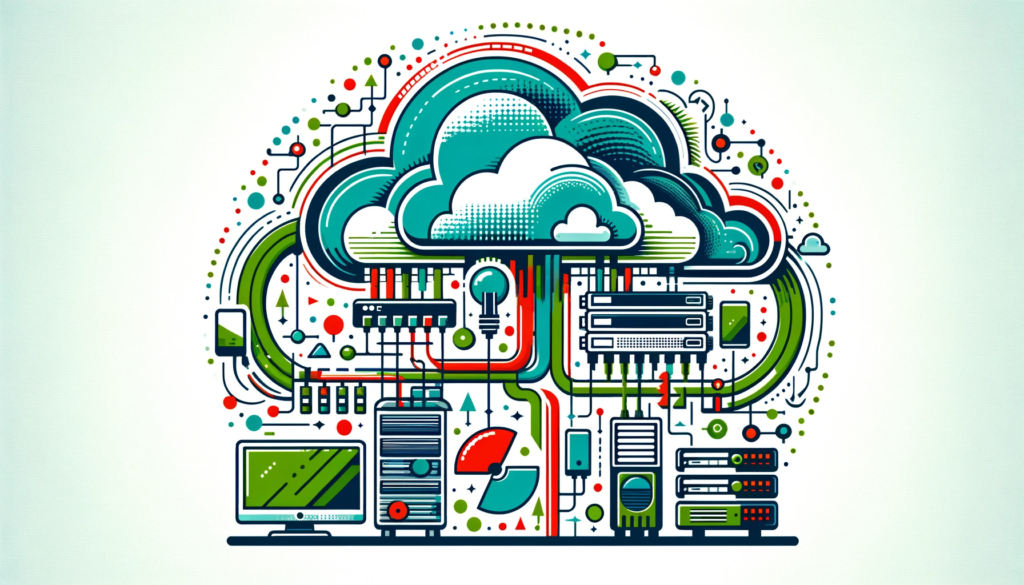
Moreover, the cloud computing paradigm empowers CPE with unprecedented scalability and flexibility. Businesses can now easily scale their network capacity up or down based on demand, without the need for significant physical hardware changes. This adaptability is crucial in today’s dynamic business environments, where the ability to respond quickly to changing requirements is a key competitive advantage.
Additionally, cloud integration facilitates enhanced network management. Network administrators can remotely monitor and manage CPE devices, implement updates, and troubleshoot issues more efficiently, often in real-time. This not only reduces downtime but also ensures a higher level of security, as updates and patches can be rolled out promptly across the network.
Managing and Maintaining CPE
Effective management and regular maintenance of Customer Premise Equipment (CPE) are essential for ensuring the longevity and efficiency of telecommunications services. As the interface between the service provider and the customer’s network, CPE requires attentive care to maintain optimal performance.
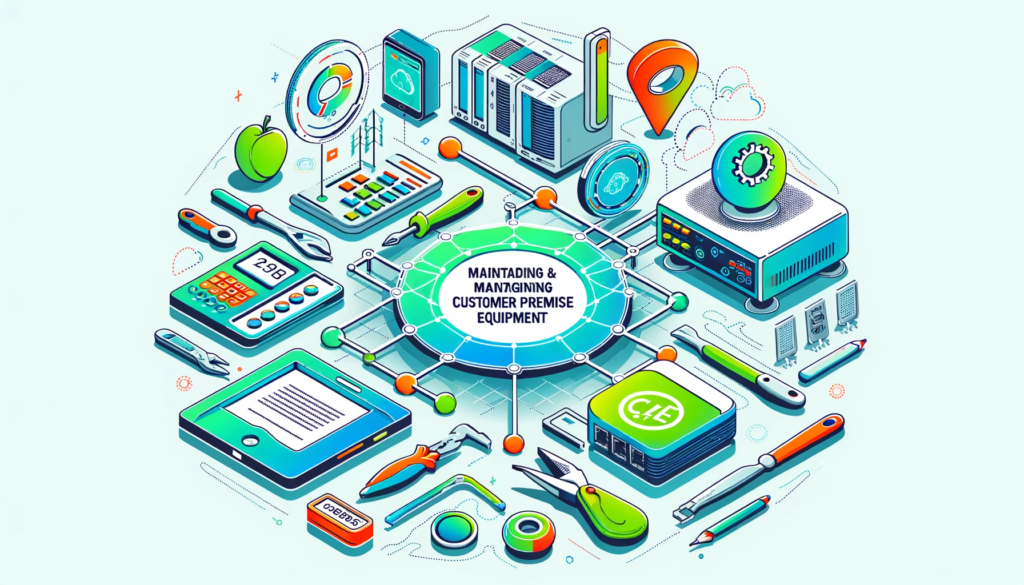
Key best practices in CPE management include:
- Regular Hardware Maintenance: This involves periodic checks and servicing of physical CPE devices to prevent wear-and-tear. Such maintenance ensures that the equipment functions at its best, reducing the likelihood of unexpected failures or performance issues.
- Software and Firmware Updates: Keeping the software and firmware of CPE up-to-date is crucial. These updates often include vital security patches, performance enhancements, and new features that keep the equipment aligned with current standards and technologies.
- Compatibility Checks: As network infrastructure evolves, ensuring that CPE remains compatible with new technologies is imperative. This may involve upgrading older equipment or reconfiguring existing devices to work seamlessly with advanced network systems.
- Addressing Technological Obsolescence: One of the significant challenges in managing CPE is dealing with the rapid pace of technological advancement. Proactive strategies, such as planning for equipment refresh cycles and staying informed about emerging technologies, are crucial to prevent obsolescence.
- Quality Service and Support: Providing efficient customer service and technical support is vital, especially in troubleshooting and resolving issues quickly to minimize downtime.
Proper management and maintenance of CPE not only extend the equipment’s life but also ensure consistent and high-quality service delivery. As network demands and technologies continue to evolve, adapting maintenance strategies to meet these changes is key to sustaining network efficiency and reliability.
Future Trends in Customer Premise Equipment
The future of Customer Premise Equipment (CPE) is poised to be significantly influenced by emerging technologies, particularly the Internet of Things (IoT) and Artificial Intelligence (AI). These advancements herald a new era for CPE, steering it towards greater integration with cutting-edge technologies and smarter networking solutions.
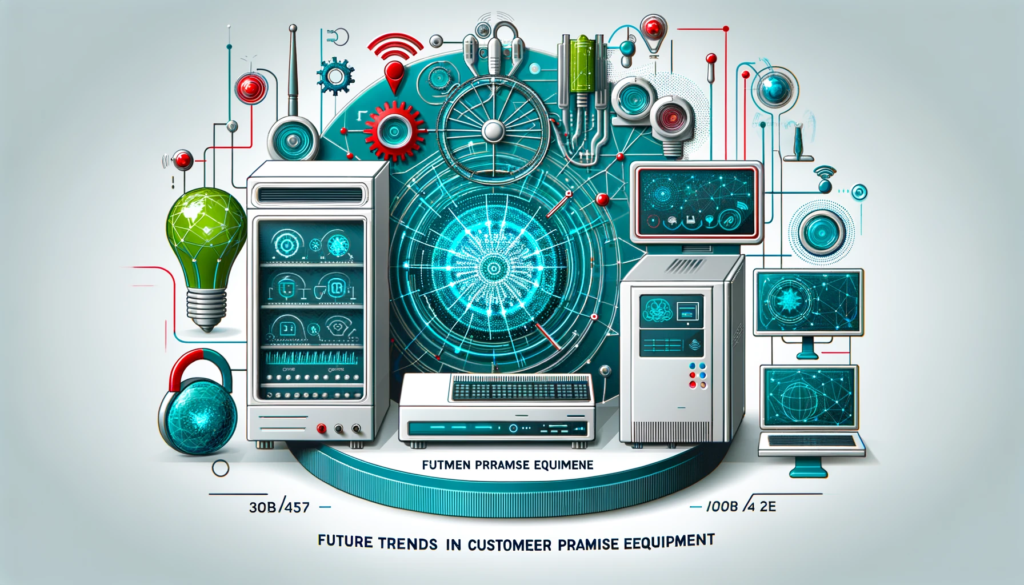
- IoT Integration:
- The proliferation of IoT devices in homes and businesses is expected to transform CPE into more dynamic and responsive systems. Future CPE devices will likely be designed to seamlessly connect with a wide array of IoT devices, from smart home appliances to industrial sensors. This integration will enable more efficient data collection and management, enhancing overall network functionality and user experience.
- AI and Machine Learning:
- AI and machine learning are set to play a crucial role in automating and optimizing network management tasks. By incorporating AI, CPE can become more intelligent, capable of self-diagnosing issues, predicting maintenance needs, and optimizing network performance based on real-time data analysis. This level of automation will not only improve efficiency but also reduce the need for manual intervention in network management.
- Enhanced Security Features:
- As cyber threats continue to evolve, future CPE will likely incorporate more advanced security features powered by AI. These could include adaptive firewalls, intrusion detection systems, and automated threat response mechanisms, ensuring a higher level of security for network infrastructures.
- Cloud and Virtual Networking Influence:
- The continuing shift towards cloud computing and virtual networking is expected to shape the development of CPE. Future devices may increasingly rely on cloud-based services for enhanced scalability, flexibility, and remote management capabilities.
FAQs

- What is an example of customer-premise equipment?
Customer Premise Equipment (CPE) can vary widely, but a residential modem or router is a common example. These devices are typically located in the user’s home or business and serve as the endpoint of the service provider’s network. - What does a CPE device do?
A CPE device serves as a point of connection between the customer’s network and the service provider’s infrastructure. Its primary function is to enable access to various telecommunications services such as the Internet, telephone, and TV. Depending on the type of CPE, it can also provide additional functionality like wireless networking, network routing, and firewall security. In essence, CPE is essential for translating the service provider’s signals into a format usable within the customer’s premises. - What is the meaning of customer premises?
“Customer premises” is the physical location where a customer’s networking equipment is installed, such as a home, office, or any other site using telecommunications services. The equipment connecting to the service provider’s network in this area is collectively known as Customer Premise Equipment (CPE). - What is the difference between a modem and a CPE?
While a modem is a type of CPE, not all CPEs are modems. A modem (a portmanteau of “modulator-demodulator”) is specifically designed to modulate digital signals from a service provider into analog signals for telephone lines and vice versa, primarily for internet access. CPE, on the other hand, is a broader category that includes any equipment on the customer’s premises used to access telecom services. Besides modems, CPE includes routers, set-top boxes, DSL equipment, and more.
Conclusion
CPE has evolved significantly from its inception and is a critical component in telecommunications and network infrastructure. Its integration of cloud computing and virtual networking indicates a promising future, one where CPE remains integral in connecting and empowering our digital world.



